The satellite phone race is heating up as T-Mobile rolls out Starlink service to customers in the US and Vodafone promises satellite video calling in Europe from this year.
Vodafone recently announced that it had made the world's first satellite video call in an area without mobile signal.
Previously, telecommunications company T-Mobile tested a service that allows customers to connect via more than 300 satellites from Elon Musk's Starlink network.
The advent of satellite phones is seen as the most important revolution in mobile communications in decades, even as carriers' optimistic claims about the technology have been met with skepticism.
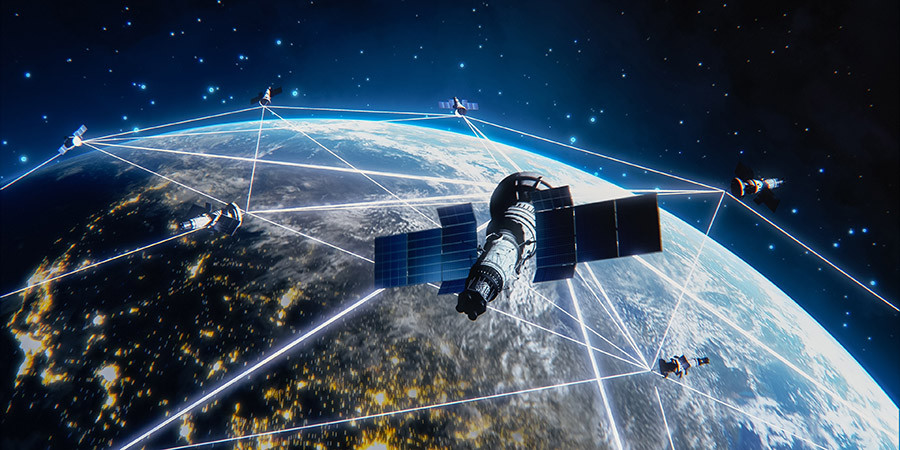
Carriers want to use satellite technology to clear up signal dips—places where it’s not feasible to build cell towers or fiber optic networks. An estimated 350 million people worldwide lack access to mobile broadband.
Unlike the satellite phones of the 90s, which were often as big as “bricks”, today's satellites can transmit directly to modern smartphones.
Speaking to the Financial Times, Vodafone CEO Margherita Della Valle said the satellite would bring full mobile broadband services to places they have never had access to, including at sea.
Space consultancy Novaspace estimates the market will generate revenues of up to $42 billion over the next decade. This prospect has attracted huge investments in satellite technology in recent years.
In 2022, Apple entered the race when it signed a deal with Globalstar to provide emergency messaging services on iPhones in areas without cellular coverage. “Apple” invested $ 1.7 billion in Globalstar.
Vodafone’s service, meanwhile, is based on AST SpaceMobile’s massive Bluebird satellite network, which has raised $460 million and is more than $2 billion in funding, according to AST SpaceMobile President Scott Wisniewski.
Still, for all the excitement, experts agree that satellite connections to mobile phones won't be good enough to replace traditional cellular service.
The New Zealand Commerce Commission took network operator One NZ to court last year for overstating the effectiveness of Starlink.
While Vodafone's video calling is a technological feat, the question is whether they can bring such a data-intensive service to many users in a reliable manner.
Satellite-to-cellular connections will be significantly slower than terrestrial networks, not to mention the device must be within satellite range and have difficulty transmitting data through buildings or dense foliage.
According to Mike Thompson, director of consultancy Access Partnership, the satellites are hundreds of kilometers away while the base station can be less than 1,000 meters from the user.
However, it will be useful in situations where only minimal connectivity is needed, such as when performing disaster relief missions.
Over time, satellite providers will add capacity, speeds will improve but will still be lower than terrestrial networks, commented Tim Hatt, director of research and consulting at GSMA Intelligence.
It will also require scarce radio spectrum, which will be “the biggest challenge in creating a direct satellite-to-device ecosystem,” according to Gökhan Tok, senior manager of space and connectivity at Access Partnership.
The cost of the service is also an obstacle, as it is unclear whether customers will be willing to pay. Vodafone has not yet announced the price of its satellite service.
Apple is offering emergency texting for free on all new iPhones, and T-Mobile's CEO hinted that it will bundle the service into its premium subscription plans.
(According to FT)
Source: https://vietnamnet.vn/nha-mang-muon-dung-cong-nghe-ve-tinh-xoa-cac-vung-lom-song-2372428.html



![[Photo] Many young people patiently lined up under the hot sun to receive a special supplement from Nhan Dan Newspaper.](https://vphoto.vietnam.vn/thumb/1200x675/vietnam/resource/IMAGE/2025/5/18/6f19d322f9364f0ebb6fbfe9377842d3)

![[Photo] Ready for the top competitions of Vietnamese table tennis](https://vphoto.vietnam.vn/thumb/1200x675/vietnam/resource/IMAGE/2025/5/18/9c547c497c5a4ade8f98c8e7d44f5a41)


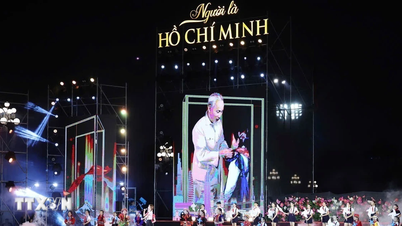



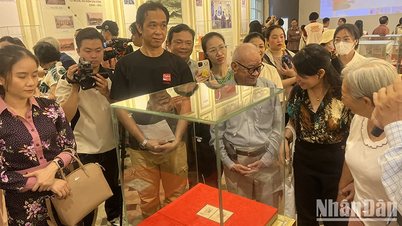

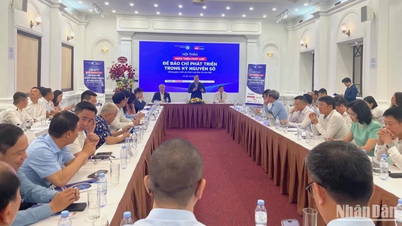
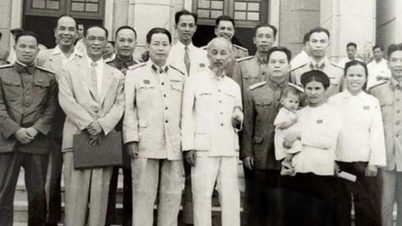

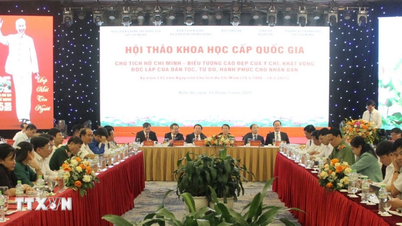





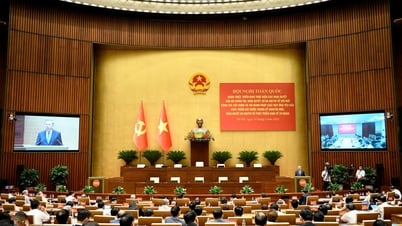

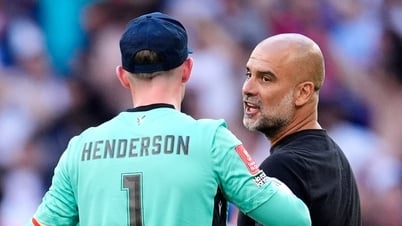
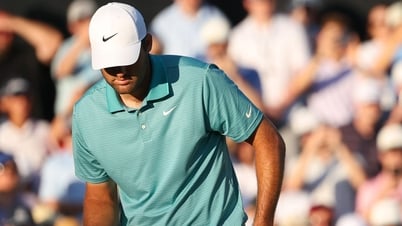

![[Photo] General Secretary To Lam visits exhibition of achievements in private economic development](https://vphoto.vietnam.vn/thumb/1200x675/vietnam/resource/IMAGE/2025/5/18/1809dc545f214a86911fe2d2d0fde2e8)















































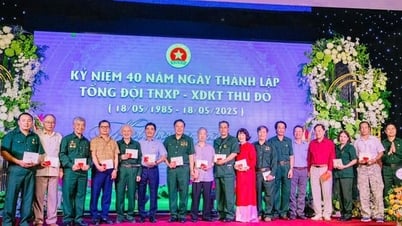




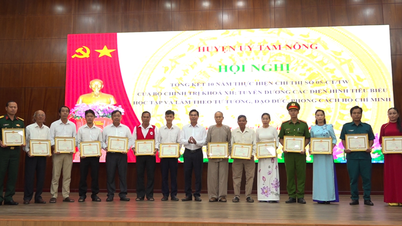
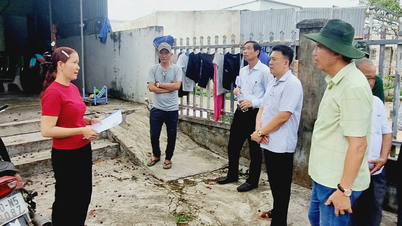










Comment (0)